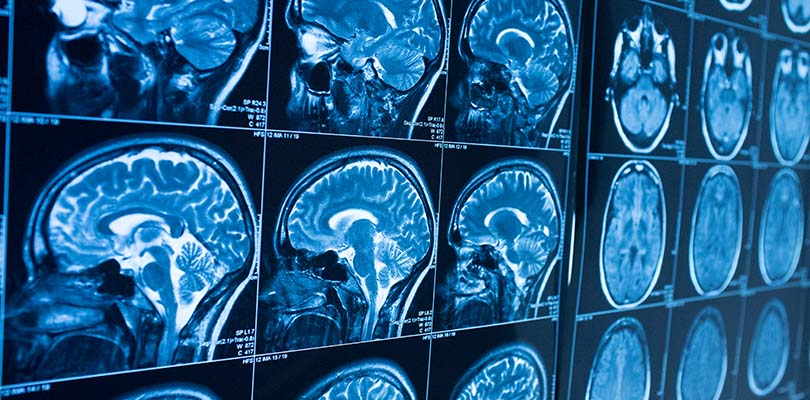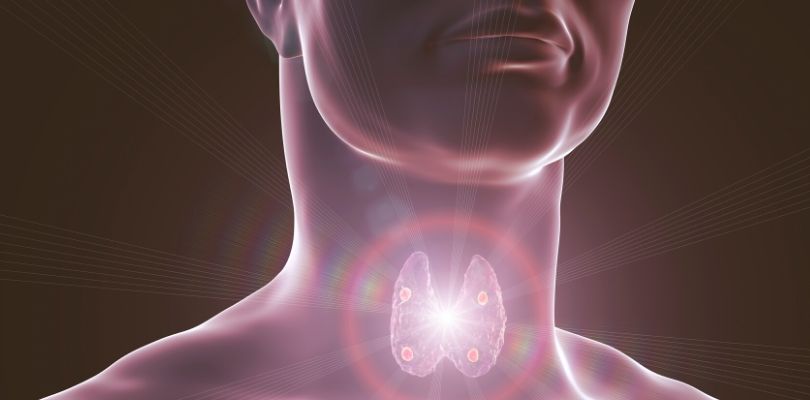Photo Credit: Cathy Yeulet / iStockPhoto.com
Common Causes of Back Pain and How to Avoid Them
One of the most common problems affecting people of all ages is back pain. Nearly all of us have dealt with it in some phase of our lives.
Back pain is often triggered by things we hardly take into consideration, like bad posture, awkward bending, sudden twisting of the body, and lifting heavy objects incorrectly.
Typically, back pain usually lasts for only a few days or weeks, however, if you experience longer or reoccurring back pain, it’s important you see a doctor in case your injury is serious.
Back Pain Types
Before we move on to what causes back pain, you need to understand the various kinds of back pain we deal with. The most commonly experienced include:
- Lumbago (lower back pain)
- Spinal back pain
- Shoulder pain
- Neck pain, all the way down to your hips
Causes of Back Pain
Back pain caused by a fall or heavy lifting is known as acute back pain. This type of pain usually lasts for less than six weeks.
Any back pain that lasts longer than this is termed chronic and can be a result of some serious health condition that may require you to consult a chiropractor or physician.
The five most common causes of back pain include:
- Ruptured, bulging or dislocated disks: Disks act as cushions between each vertebrae in your spine. Often these get pressed on a nerve, dislocate or rupture, leading to back pain.
- Muscle or ligament strain: Your muscles can easily be sprained if you repeatedly lift heavy objects or make sudden awkward movements or twists. Once the swelling goes down, the pain is relieved.
- Structural irregularities: You are likely to become a victim of back pain if your spine curves abnormally. One condition that can cause irregularities in the spine is scoliosis, which causes the spine to curve to one side and can range from moderate to severe.
- Arthritis: Arthritis is a major cause of back pain as it affects your lower back. Spinal stenosis, an arthritis-related condition, leads to the narrowing of spaces in the spinal cord, resulting in chronic back pain.
- Osteoporosis: When your bones become porous or brittle over time, your spine’s vertebrae may develop compression fractures leading to back pain.
Treatments for Backache
There are a number of treatments available depending on the severity of your pain.
Short-Term Back Pain
These treatments are usually ideal for acute back pain that lasts for about a month or so, and are recommended by general physicians worldwide.
Movement: This advice may seem pointless, since you are suffering from back pain and should be resting. However, active movement can actually help alleviate back pain. Just make sure you take it easy to avoid more pain.
Painkillers: Painkillers such as paracetamol or ibuprofen are the first medications general physicians prescribe. Although they can be addictive and accompanied by side effects, these will help lessen the pain in your back.
Hot and cold treatments: Hot baths and ice packs are also commonly practiced treatments for back pain.
Sleeping position: A change in your sleeping position may ease the strain on your back.
If you're trying to lose a few pounds around the waistline, these six weight loss tips will make it easy for you to lose the weight quickly.
Long-Term Back Pain
If the pain still persists, you may want to consider the following treatments:
Therapies: Therapies including massages, mobilization or manipulation often conducted by chiropractors or osteopaths may be helpful.
Acupuncture: The insertion of needles at different points of the body is a highly effective way of reducing bodily pains.
Exercise classes: You can also consider going to classes where trained instructors help you learn exercises that will strengthen your core muscles and improve your posture, as well as stretching exercises to loosen up your body.
Prevention
Back pain can be easily prevented if you are willing to undertake certain measures, like maintaining a good posture, regularly exercising, and taking care while lifting and loading things.
Exercise
Exercise is an excellent way of reducing back pain. However, you should consult your physician beforehand to ensure you won’t injure yourself further.
Regular exercises such as swimming, walking, yoga and Pilates not only strengthen your muscles but help improve your flexibility without putting any strain on your body.
Other exercises that can easily be incorporated into our daily routines to help relieve back pain include:
- Bottom to heels stretch
- Back extensions
- Knee rolls
However, if these exercises cause the pain to worsen, stop doing them immediately.
Posture
Maintaining a good posture is a must. With these basic tips, you should easily be able to improve your posture and soothe your back pain.
Standing: Always stand straight with your head facing forward and balance your weight equally on both legs to avoid any strain.
Sitting: Aim for good posture while sitting. Sit upright with minimum support of your back and your feet flat on the ground so your knees and hips are level. You can also support your back with a rolled towel or small cushion. Secondly, if your job requires sitting in front computer or laptop for several hours, make sure that your forearms lay horizontal with the keyboard and your elbows are at right angles.
Driving: While driving, always be sure your back is supported properly. Position your wing mirrors so you don’t have to twist around to see them, and take regular breaks to stretch your legs if you are traveling long distances.
Sleeping: Sleep on a firm mattress to rest your muscles and support your shoulders and buttocks, while keeping your spine straight. Also, support your head with a pillow that ensures your neck doesn’t fall on a steep angle.
Lifting and Carrying
Incorrect handling or lifting of heavy objects is one of the major causes of back pain, particularly in the workplace.
Think before you consider lifting heavy things. Ask yourself if you are capable of lifting such a heavy load by yourself. If you are, then follow these guidelines to avoid causing any muscle strain or pain.
- Start with good posture. This means legs apart, a sight bend when lifting the load, breathe into tighten your core, bend your back and hips slightly as you lean in and firmly hold the load.
- Secondly, keep the load close to your waist and avoid twisting sideways or back in an abrupt motion.
- Keep your head up and straight rather than looking down at the load.
- If you have a choice, push the load rather than pulling it towards yourself.
- Lastly, while carrying the load distribute equal weight on both your legs to avoid any sudden fall or sprain.
Back pain may be common, but it doesn’t have to be. Back pain can be properly managed and even avoided if you remember to take care of your spine. Take the proper steps now to prevent injuring your back and limiting your mobility.







